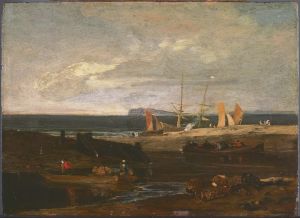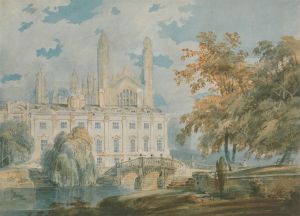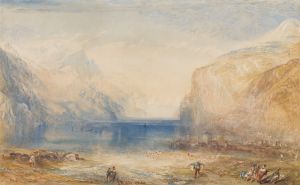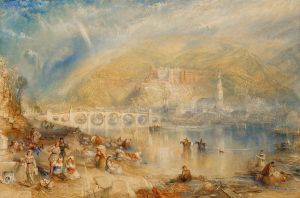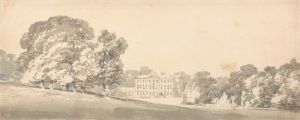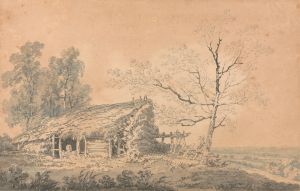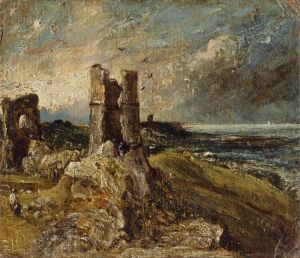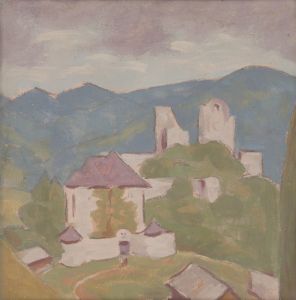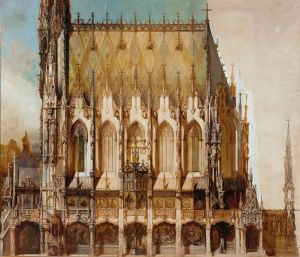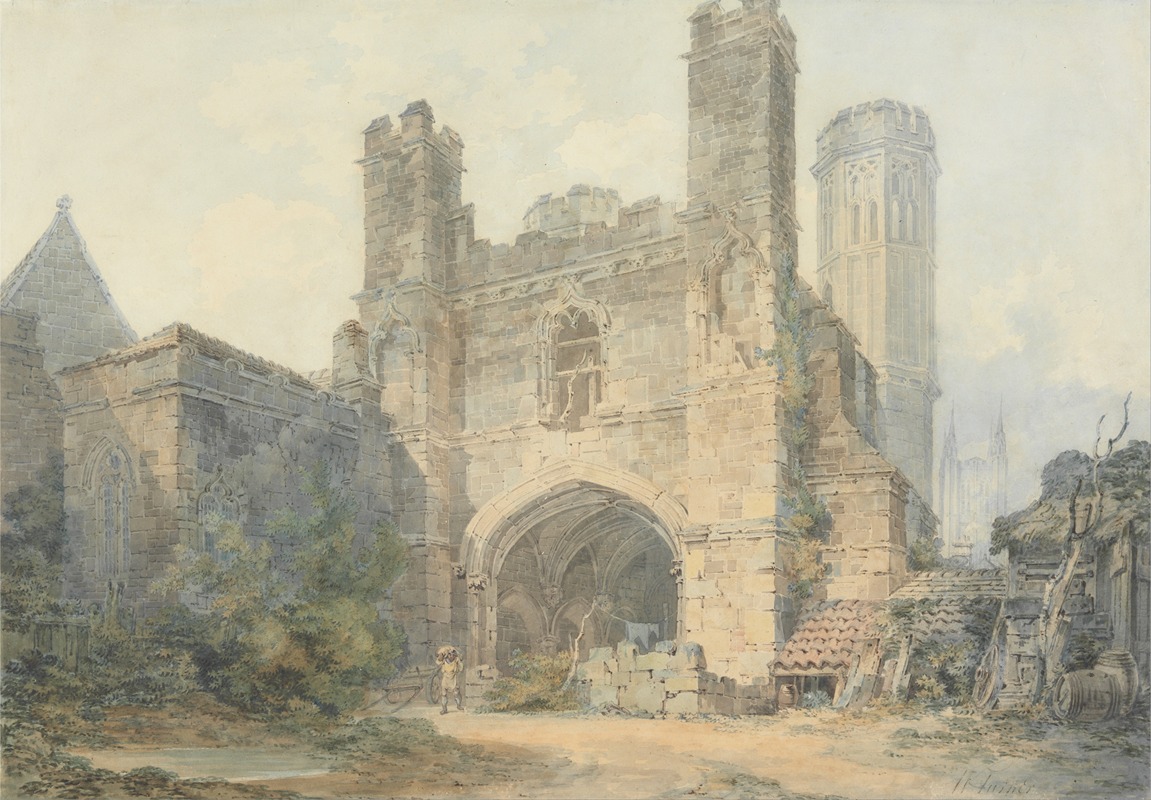
Saint Augustine’s Gate, Canterbury
A hand-painted replica of Joseph Mallord William Turner’s masterpiece Saint Augustine’s Gate, Canterbury, meticulously crafted by professional artists to capture the true essence of the original. Each piece is created with museum-quality canvas and rare mineral pigments, carefully painted by experienced artists with delicate brushstrokes and rich, layered colors to perfectly recreate the texture of the original artwork. Unlike machine-printed reproductions, this hand-painted version brings the painting to life, infused with the artist’s emotions and skill in every stroke. Whether for personal collection or home decoration, it instantly elevates the artistic atmosphere of any space.
Joseph Mallord William Turner, one of Britain’s most renowned Romantic painters, created the watercolor Saint Augustine’s Gate, Canterbury in 1792. This artwork is part of Turner’s early career and reflects his burgeoning interest in architectural subjects and historical landmarks. The painting depicts the medieval gateway of St. Augustine’s Abbey in Canterbury, Kent, a site of significant historical and religious importance in England.
St. Augustine’s Abbey was originally founded in 598 AD by St. Augustine, who was sent by Pope Gregory I to convert the Anglo-Saxons to Christianity. The abbey served as a center of religious activity and learning during the early medieval period. By the time Turner painted the scene, the abbey had been largely in ruins since its dissolution under King Henry VIII during the English Reformation in the 16th century. The gateway, however, remained a prominent feature of the site and was a popular subject for artists and travelers interested in England’s architectural heritage.
Turner’s watercolor captures the Gothic details of the gate with precision and sensitivity, showcasing his skill in rendering architectural forms. The composition is marked by a delicate interplay of light and shadow, which emphasizes the texture of the weathered stone and the surrounding foliage. This work is characteristic of Turner’s early style, which often focused on topographical accuracy and detailed studies of historic sites.
The painting was likely created as part of Turner’s efforts to build his reputation as a topographical artist. During this period, he traveled extensively across England, sketching and painting notable landmarks. These works were often intended for engraving and publication, catering to the growing public interest in picturesque and historical views.
Today, Saint Augustine’s Gate, Canterbury is recognized as an important example of Turner’s early exploration of architectural subjects. It demonstrates his ability to combine technical skill with a sensitivity to the historical and atmospheric qualities of his subjects. The painting is held in the collection of the Yale Center for British Art in New Haven, Connecticut, where it continues to be studied and appreciated by art historians and the public alike.
This watercolor is a testament to Turner’s lifelong fascination with history, architecture, and the interplay of light and atmosphere, themes that would come to define his later, more famous works.





![Temple of Wady Kardassy [Qirtâsî] in Nubia.](/imgs/217550/s/david-roberts-temple-of-wady-kardassy-qirtasi-in-nubia-d2cce283.jpg)

